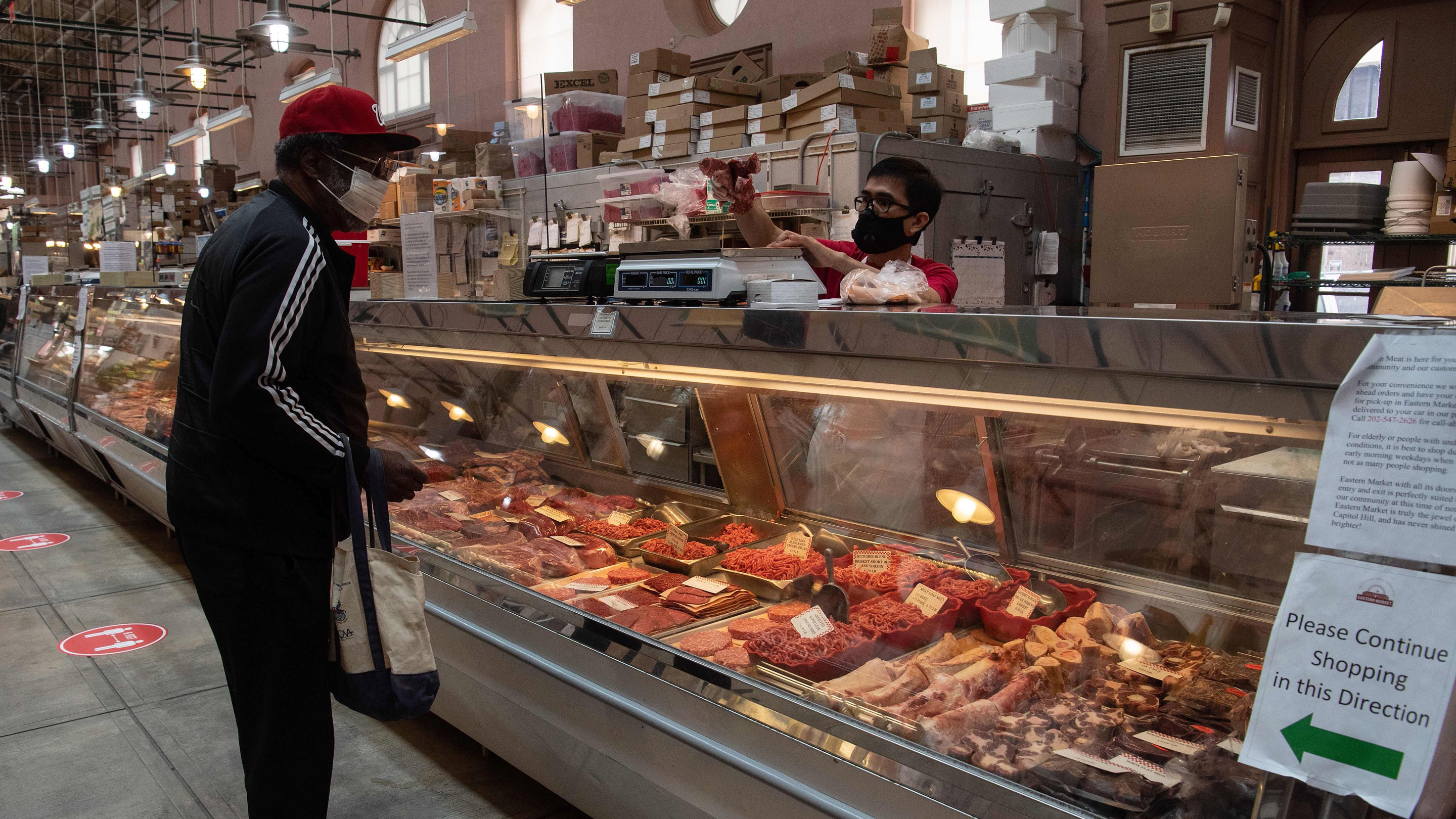Experience Bagley Farms Meat Market: Costs Cuts and Neighborhood Tastes
Experience Bagley Farms Meat Market: Costs Cuts and Neighborhood Tastes
Blog Article
Your Comprehensive Source for Specialist Tips on Browsing the Meat Market Scene and Making Informed Acquisitions
Browsing the world of meat getting can typically seem like an intricate labyrinth, with different cuts, grades, and labels including layers of details to the decision-making process. For those seeking to make informed options and boost their cooking experiences, understanding the nuances of the meat market scene is extremely important. From understanding the distinction in between prime and choice cuts to deciphering the enigmas behind various accreditations, a wide range of professional suggestions awaits those going to untangle the keys of the butcher's domain name. By understanding the art of selecting fresh, high quality meat and finding out to involve properly with butchers, people can not just boost the tastes on their plate yet additionally make certain choices that line up with their values and preferences.
Recognizing Different Cuts and Qualities
When it comes to purchasing meat, recognizing the distinctions between numerous cuts and grades is vital for making informed selections at the market. The cut of meat describes the particular muscle team from which the meat is sourced, while the quality is a high quality classification based on factors like marbling, inflammation, and maturity of the pet. Prime grade meats have the highest degree of marbling, making them tender, juicy, and savory, however they also have a tendency to be more pricey. Choice grade meats are a little leaner with less marbling yet still use high quality for a reduced price point. Select quality meats have the least marbling, making them leaner however possibly less tender. It's vital to think about the cooking approach when choosing a cut and quality of meat-- for instance, well-marbled cuts like ribeye are wonderful for grilling, while leaner cuts like sirloin might be far better suited for toasting or braising. By recognizing the differences in between qualities and cuts, consumers can make even more educated choices when purchasing meat.
Selecting Fresh and Quality Meat
To ensure optimal taste and safety and security in your meals, it is important to carefully select fresh and high quality meat when buying at the market. When picking fresh meat, look for cuts that have a vibrant color, company appearance, and are not slimed however damp. The color of the meat ought to specify to the type you are buying; for example, beef ought to have a bright red hue, while pork should be more pinkish. Stay clear of meat with any kind of off-smells, staining, or extreme liquid in the product packaging, as these can be indications of wasting.
Along with appearance, take into consideration the source of the meat. Go with products from reputable distributors recognized for their premium standards. Organic, grass-fed, or pasture-raised alternatives may also suggest better top quality meat. Inspecting for appropriate labeling, such as USDA qualities or qualifications, can even more ensure you of the meat's high quality and safety and security. By being attentive in your selection procedure, you can enjoy risk-free and scrumptious meals made from fresh, premium meat.
Decoding Labels and Certifications
Recognizing the labels and accreditations on meat items is vital for making educated decisions about the high quality and beginning of the meat you acquire. When navigating the meat market scene, it's essential to seek tags such as "USDA Certified Organic," which indicates that the meat was created complying with rigorous organic standards without making use of artificial chemicals, antibiotics, or hormones. Another essential label to expect is "Grass-Fed," which suggests the pets were fed a diet plan mostly being composed of grass or forage. This label frequently suggests a leaner product with higher levels of omega-3 fatty acids.


Qualifications like "Animal Welfare Accepted" or "Licensed Humane" represent that the pets were elevated in humane problems, with accessibility to outdoor rooms and honest treatment. On the various other hand, "Non-GMO Job Verified" indicates that the meat originates from pets that were not fed genetically changed organisms. By recognizing these tags and certifications, customers can make even more ethical and lasting choices when acquiring meat items.
Engaging With Butchers for Advice
Making notified selections regarding the meat you buy can be better improved by looking for assistance from seasoned butchers who have important expertise about various cuts, top quality, and sourcing practices. Butchers are knowledgeable specialists who can offer understandings into the very best cuts of meat for particular meals, suggest different options based on availability or budget, and deal advice on proper handling and storage to make best use of quality and taste.
Involving with butchers enables clients to ask inquiries about the source of the meat, consisting of whether it is in your area sourced, organic, grass-fed, or sustainably increased. By cultivating a relationship with a trusted butcher, customers can obtain a deeper understanding of the meat they purchase, making sure that it straightens with their preferences and values.
Additionally, butchers can share cooking pointers, recipe ideas, and even butcher special cuts to satisfy private choices. Their expertise extends beyond just offering additional info meat; they can help in dish preparation, part sizing, and give referrals on complementary components to produce all-round and scrumptious dishes - Bagley Farms Meat Market. By leveraging the expertise and experience of butchers, customers can make even more enlightened choices when browsing the meat market scene

Optimizing Worth and Budgeting
When considering making the most of value and budgeting in the meat market, it is vital to analyze the expense per serving and discover cost-effective cuts that still offer wonderful taste and quality. By comprehending the expense per offering, customers can make enlightened decisions regarding which cuts of meat provide the ideal value for their budget plan.
It is likewise helpful to construct a relationship with regional butchers or meat vendors, as they might use unique bargains or discounts to loyal customers. By being mindful of cost, checking out different cuts, and leveraging price cuts, customers can extend their meat spending plan without sacrificing quality.
Conclusion
In conclusion, understanding the various cuts and grades of meat, selecting fresh and quality products, decoding tags and qualifications, looking for advice from butchers, and taking full advantage of value and budgeting are vital steps for browsing the meat market scene and making educated purchases. Bagley Farms Meat Market. By complying with these professional suggestions, customers can make educated choices when buying meat and ensure they are getting the best worth for their cash
When it comes to buying check my reference meat, comprehending the differences between numerous cuts and qualities is necessary for making notified selections at the market. The cut of meat refers to the details muscle group from which the meat is sourced, while the grade is a top quality classification based on elements like marbling, tenderness, and maturation of the animal. It's important to take into consideration the cooking method when Discover More Here picking a cut and grade of meat-- for instance, well-marbled cuts like ribeye are terrific for grilling, while leaner cuts like sirloin might be much better suited for toasting or braising.Understanding the tags and accreditations on meat products is essential for making notified choices regarding the quality and beginning of the meat you purchase. When browsing the meat market scene, it's vital to look for labels such as "USDA Qualified Organic," which suggests that the meat was produced complying with strict natural standards without the usage of synthetic chemicals, antibiotics, or hormonal agents.
Report this page